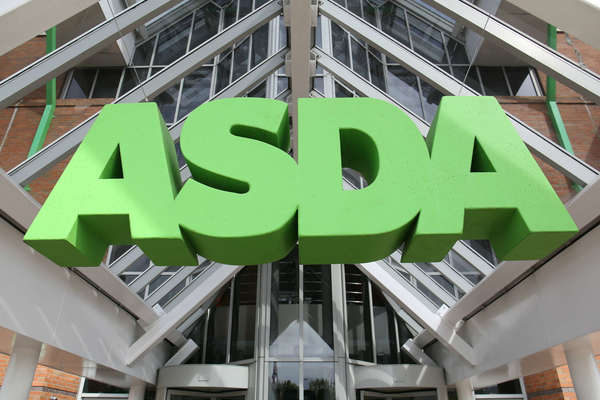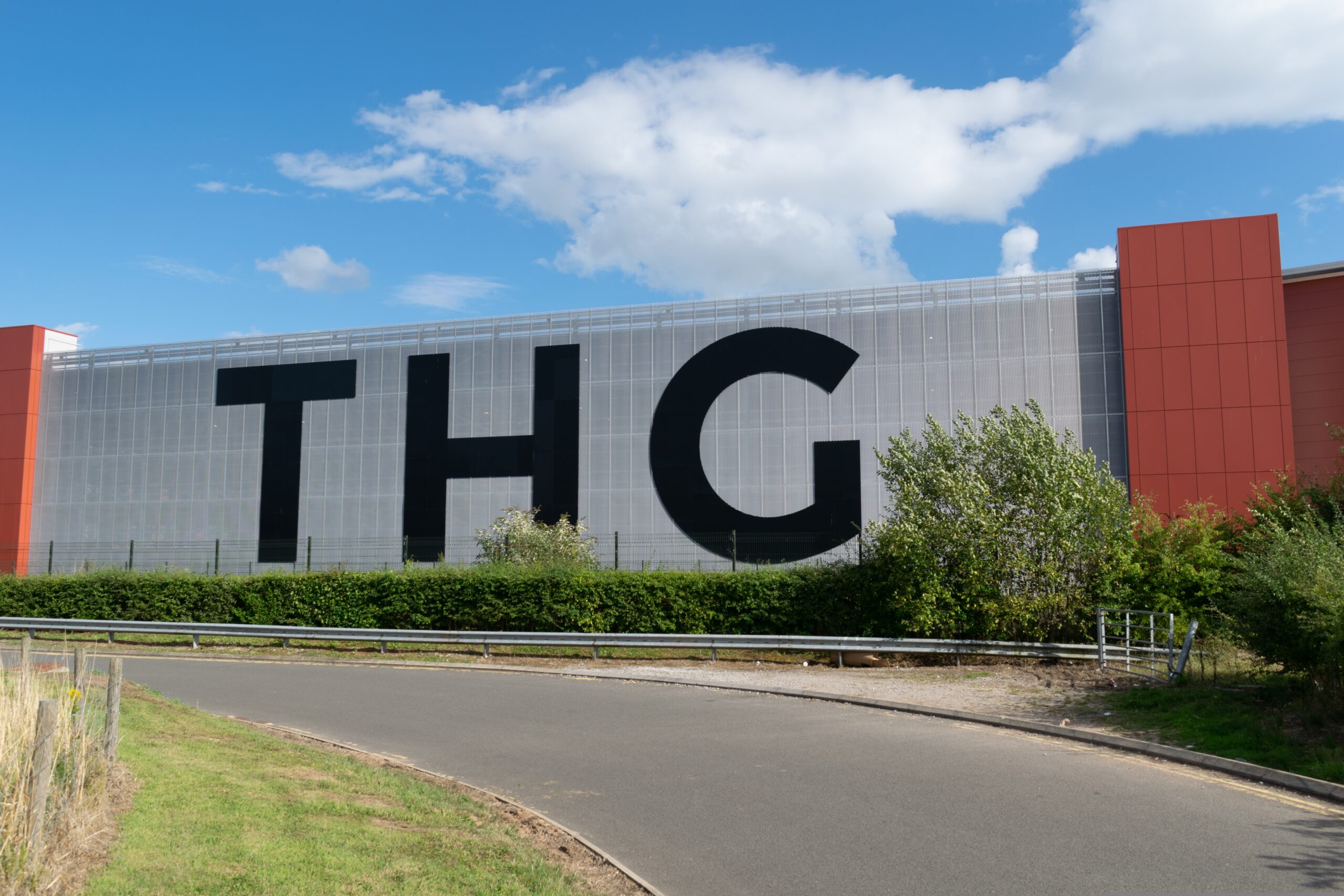Wal-Mart is set to leverage its struggling British arm Asda after admitting it was slow to respond to the threat of discount supermarket chains Aldi and Lidl.
The US retail behemoth, which is also regarded as the world‘s biggest retailer, acquired the British grocery chain in 1999.
As the UK‘s third-biggest grocery, Asda for a while thrived as the country‘s cheapest supermarket until Aldi and Lidl began to cut into its market share in the past decade or so.
With fewer stores in the more affluent southeast of England than its bigger rivals Tesco and Sainsbury‘s, the majority of Asda‘s business in the large stores have become less fashionable in recent years and led to a performance slump – especially since the financial crisis in 2008 when British consumers started turning to Aldi and Lidl in droves.
READ MORE: Asda struggles to shake its financial woes with poor Q3 results
Analysts also believe Wal-Mart added to Asda’s problems by diverting key executives from the UK to the US and focusing too much on cost-cutting and maximising short-term profit instead of protecting market share.
While the appointment of Wal-Mart veteran Sean Clarke as Asda‘s president and chief executive in July has helped slow down its declining sales, Wal-Mart chief administrative officer Sean Price has told Reuters that they would now provide further firepower for Asda.
Price said this involves ensuring Asda leverages Wal-Mart‘s purchasing strength in everything from refrigerators to own-brand products and real estate to drive down prices and costs.
Asda will be also able to market more Wal-Mart brands as its own at a lower price than rivals, and in return Wal-Mart can exploit the areas where Asda has excelled.
READ MORE: 8 out of 9 top grocers show growth as Aldi overtakes Co-op
“One thing that maybe we would criticise ourselves for is that we didn’t start the repositioning of the business sooner, that we didn’t focus more on the leverage opportunities so that Asda was able to invest more aggressively in price,” Price told Reuters.
After nine consecutive quarters of sales decline since mid-2014, in November Asda showed signs of improvement after recording a like-for-like sales decline of 5.8 per cent for the quarter ending September 30, compared to the previous quarter when it slumped by 7.5 per cent.
Figures also show that it performed well over Christmas and has steadily attracted more shoppers to its stores.
Asda is expected to reveal further improvements in the next quarterly report later this month, with analysts anticipating a decline of 2-3 per cent.
Click here to sign up to Retail Gazette’s free daily email newsletter





























